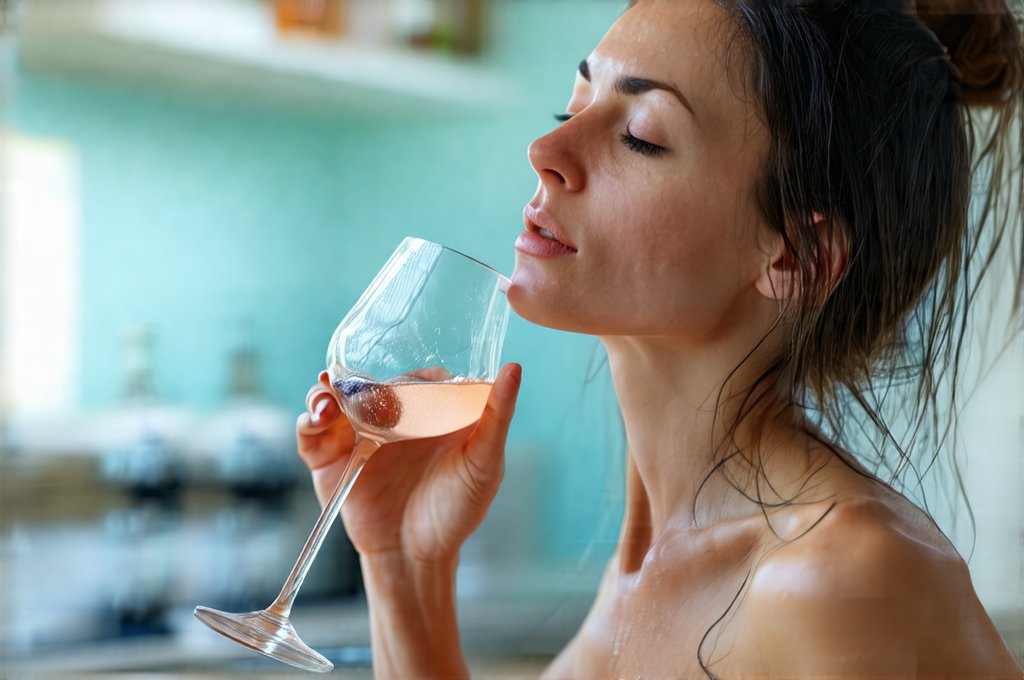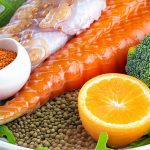Staying adequately hydrated is fundamental to overall health and wellbeing. It impacts everything from cognitive function and energy levels to skin health and digestive regularity. However, many people struggle with finding the right balance – often either not drinking enough, or inadvertently overhydating which can lead to frequent urination, discomfort, and even disruption of daily activities. The challenge isn’t necessarily about how much water we drink overall, but how we drink it throughout the day. This article explores mindful sipping habits that promote optimal hydration without overwhelming your bladder, offering practical strategies for a more comfortable and balanced approach to fluid intake.
Traditional advice often centers around the “eight glasses of water” rule, which while well-intentioned, can be overly simplistic. Individual hydration needs vary considerably based on factors like activity level, climate, diet, and underlying health conditions. More importantly, gulping down large quantities of liquid at once places a sudden burden on the kidneys and bladder, triggering that familiar urge to urinate frequently. A more nuanced approach focuses on consistent, small sips throughout the day, allowing your body to absorb fluids gradually and efficiently. This isn’t about restricting water intake; it’s about optimizing how you consume it for maximum benefit and minimal disruption.
The Science of Bladder Control & Hydration
Understanding how the bladder functions is key to adopting mindful sipping habits. The bladder isn’t constantly emptying; it expands as it fills with urine, sending signals to the brain when it reaches a certain capacity. These signals become more urgent as the bladder nears full. Rapidly filling the bladder – through large gulps of water or other beverages – overwhelms this system, creating that immediate and often insistent need to find a restroom. Habitual rapid filling can even contribute to overactive bladder syndrome in some individuals. You might also consider learning about daily habits that damage the female bladder to avoid common pitfalls.
Furthermore, hydration isn’t solely about water intake; it’s about the overall balance of fluids in your body. Electrolytes – sodium, potassium, magnesium – play a crucial role in fluid regulation and absorption. When electrolyte levels are imbalanced (due to excessive sweating or inadequate diet), the body struggles to retain fluids effectively, leading to increased urination. Therefore, mindful hydration incorporates not just what you drink, but also ensuring adequate electrolyte balance through a healthy diet or appropriate supplementation if needed. Ensuring proper hydration is important even when you’re trying to how to rehydrate without flooding the bladder.
Finally, consider that different beverages impact bladder frequency differently. Caffeine and alcohol are known diuretics – meaning they increase urine production. Sugary drinks can also contribute to dehydration due to their osmotic effect, drawing water from the body into the digestive system. Therefore, prioritizing water as your primary source of hydration is always a good starting point.
Sip & Space: A Gradual Hydration Strategy
The “sip and space” method is arguably the most effective way to stay hydrated without overloading your bladder. It’s based on spreading fluid intake evenly throughout the day, rather than consuming large amounts at once. Here’s how it works:
- Small, Frequent Sips: Instead of downing a full glass of water, take 4-8 small sips every 15-20 minutes. This allows your bladder to gradually fill and avoids overwhelming the system.
- Consistent Timing: Establish a routine for sipping throughout the day. For example, sip while you’re working at your desk, during meetings, or while watching television. Set reminders if necessary.
- Monitor Your Body: Pay attention to how your body responds. If you start feeling uncomfortable or notice increased urination frequency, adjust your sipping schedule accordingly.
This method isn’t about depriving yourself of fluids; it’s about optimizing the timing and quantity for maximum benefit. Think of it as a gentle, sustained hydration strategy rather than sporadic bursts. It requires a conscious shift in habit, but the rewards – reduced urgency, improved comfort, and consistent hydration – are well worth the effort.
Hydrating Foods: Beyond Beverages
Many people underestimate the contribution of food to overall fluid intake. Fruits and vegetables have high water content and can significantly contribute to your daily hydration needs. Incorporating hydrating foods into your diet is a delicious and effective way to supplement your beverage consumption without putting extra stress on your bladder.
- Watermelon: Approximately 92% water
- Cucumbers: Around 96% water
- Strawberries: About 91% water
- Celery: Roughly 95% water
- Lettuce: Typically around 96% water
Beyond these, soups and smoothies are excellent options for increasing fluid intake. The key is to choose whole, unprocessed foods that naturally contain high levels of water. This approach not only hydrates you but also provides essential vitamins, minerals, and fiber, contributing to overall health and wellbeing. It’s a holistic way to think about hydration – recognizing that it’s not just about what you drink, but also what you eat.
Identifying & Avoiding Bladder Irritants
Certain substances can irritate the bladder lining, increasing urgency and frequency even with mindful sipping habits. Being aware of these potential irritants is crucial for managing bladder health and optimizing your hydration strategy. Common culprits include:
- Caffeine: Found in coffee, tea, and some sodas.
- Alcohol: A known diuretic that can also irritate the bladder.
- Artificial Sweeteners: Present in many diet drinks and sugar-free products.
- Spicy Foods: Can sometimes trigger bladder irritation in sensitive individuals.
- Citrus Fruits & Juices: While healthy, they contain acidic compounds that may irritate the bladder for some people.
It’s important to note that sensitivity to these irritants varies from person to person. Keeping a food and beverage diary can help you identify any specific triggers that affect your bladder function. Reducing or eliminating these substances from your diet – even temporarily – can often lead to significant improvements in bladder control and comfort. Experimentation is key, but always prioritize listening to your body’s signals. Also consider foods that aggravate the bladder in women to help you make informed dietary choices.
Ultimately, mindful sipping isn’t a rigid set of rules; it’s an adaptable approach that prioritizes your individual needs and promotes a harmonious relationship with hydration. It’s about being attentive to your body, adjusting your habits accordingly, and enjoying the benefits of consistent, comfortable hydration without fear or disruption.





















